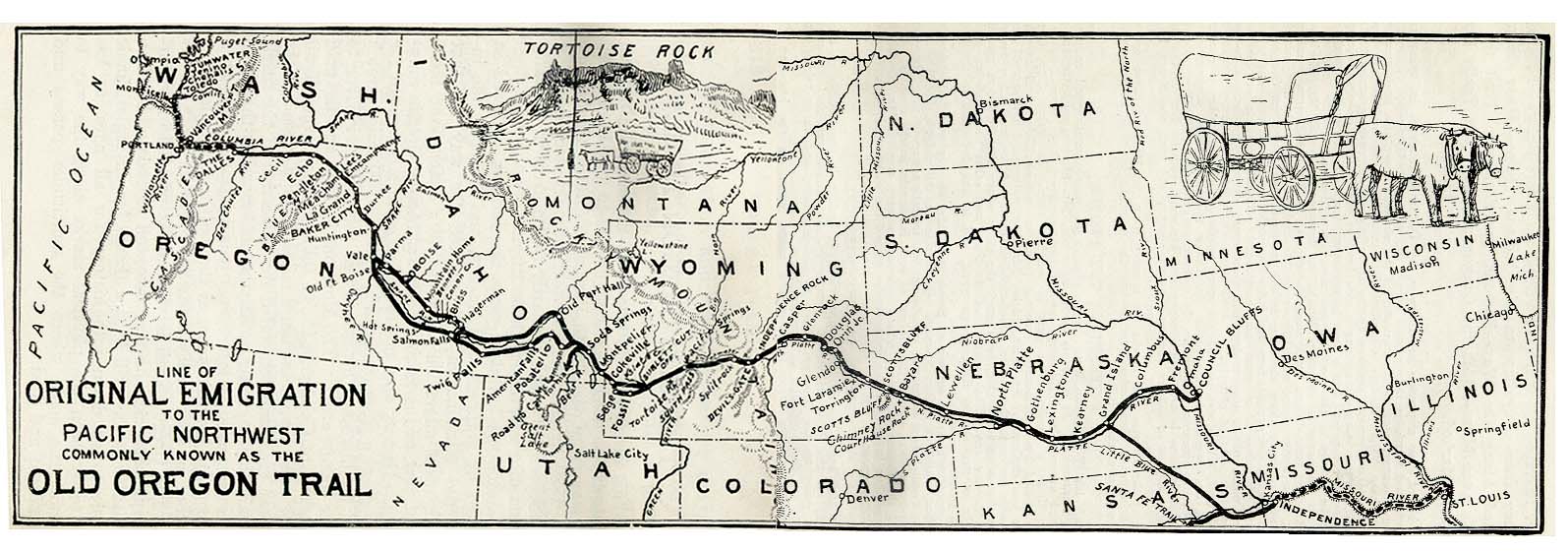CHAPTER 4 SECTION 2 NOTES
COLONIAL RULE
Glorious Revolution – James II tries to take back powers from parliament and tighten control over the colonies. 1688 Parliament force James II out and places his daughter Mary and her Dutch husband, William of Orange on the throne. Glorious because no bloodshed.
English Bill of Rights (1689) is signed by William and Mary guaranteeing certain basic rights.
Mercantilism — England saw North America as an economic resource
Navigation Acts – To make certain only England benefited from trade with the colonies.
1. All colonial products going to England must be shipped on English ships
2. Sugar and tobacco could not be sent outside England’s empire.
COLONIAL GOVERNMENT
Magna Carta – in 1215 King John was forced to sign the Magna Carta which lessened the king’s powers and gave certain rights to citizens.
representative government — people choose their leaders who then represent them
limited government – the idea that government is not all powerful and can not do whatever they want.
Charter Colonies – establishes by settlers who had been given a charter or grant. These colonists elected their own governors and legislature. Great Britain had the right to approve the governor but the governor could not veto acts of the legislature. (CT, RI)
Proprietary Colonies – Individuals who had been granted land. Proprietors ruled as they wished by appointing the governor and members of the upper house while colonists elected the lower house. (DE, MD, PA)
Royal Colonies — Britain directly ruled Royal Colonies. The king appoints the governor and council (upper house). Colonists elected the lower house (assembly). They did what British leaders told them to. (GA, MA, NH, NJ, NY, NC, SC, VA)
CULTURE
The Great Awakening — a religious revival from 1720-1740’s. Many new churches started
